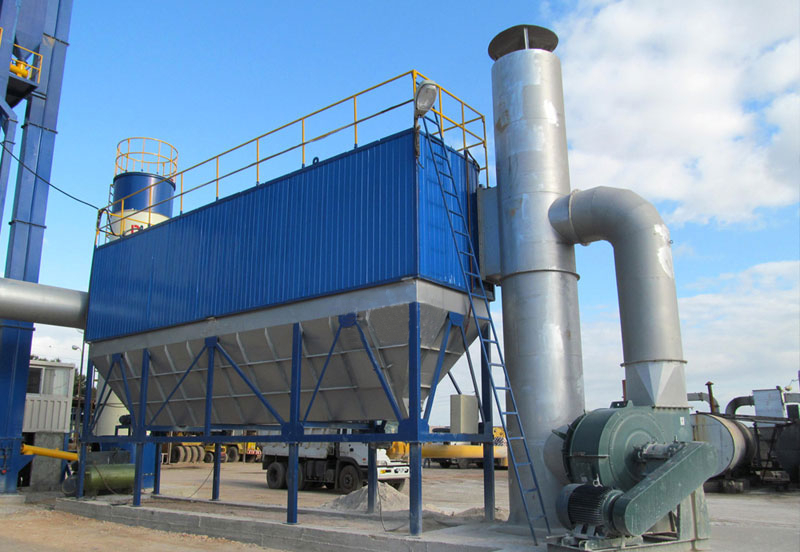 Loading... Please wait...
Loading... Please wait...Buying Guide to Dust Collector Systems
Posted on 19th May 2016

It can be difficult to find the best dust collector system for your facility, but this guide should help you decide on the best model. There are several elements you should consider when shopping for a dust collector.
Common Terminology
To help you find the ideal dust collector system, there are a few common terms with which you can familiarize yourself. Micron is one important term to remember, which is a unit of measurement for dust particles. Static pressure resistance is another important term, which is produced by suction of air moving through the duct, and is measured in inches. Cubic Feet per Minute (CFM) is used to measure air intake.
Suction Power
Make sure your dust collector system provides enough suction, based on the CFM. Every foot of pipe will add resistance to suction, which means that you need to calculate the amount of static-pressure loss that happens between your tools and the dust collector. CFM will vary depending on the tools in your workshop. You should also check manufacturers' websites for performance curves to make sure you get proper suction.
Single- or Two-Stage Systems
Another element to keep in mind is the number of stages in dust collector systems. Single-stage systems are usually cheaper than two-systems, although single-stage systems are typically not as effective. If you want proper filtration, you're better off using a two-stage dust collector system. Two-stage systems draw air into a separator that filters out larger pieces such as chips so they don't clog filters and ensure proper suction at all times.
Size of the Filter
Another important aspect of a dust collector system is the filter size. Filter fabric has gone through significant changes over the last two decades. Machines used to be primarily single-stage and were equipped with 30-micron bags that didn't effectively filter small dust particles, which are often the most harmful.
For effective filtration to take place, dust collection filters need to be able to block particles smaller than 10 microns. These small particles are often the most harmful, potentially causing severe lung damage, and pleaded filters can successfully eliminate them through dust collection. Today's filters can remove dust particles as small as 0.3 microns, but your filtration system will be sufficient with dust collectors that filter particles measuring 2.5 microns.
Locate the Best Dust Collector Systems
Each of these aspects can help you find the right dust collector systems to use in your facility. You'll be able to locate a system with enough suction power and filtration to keep your facility clear of harmful dust particles during nearly any process. Don't simply turn to the first dust collector you see on the market; make the right choices based on your application's specific needs.
